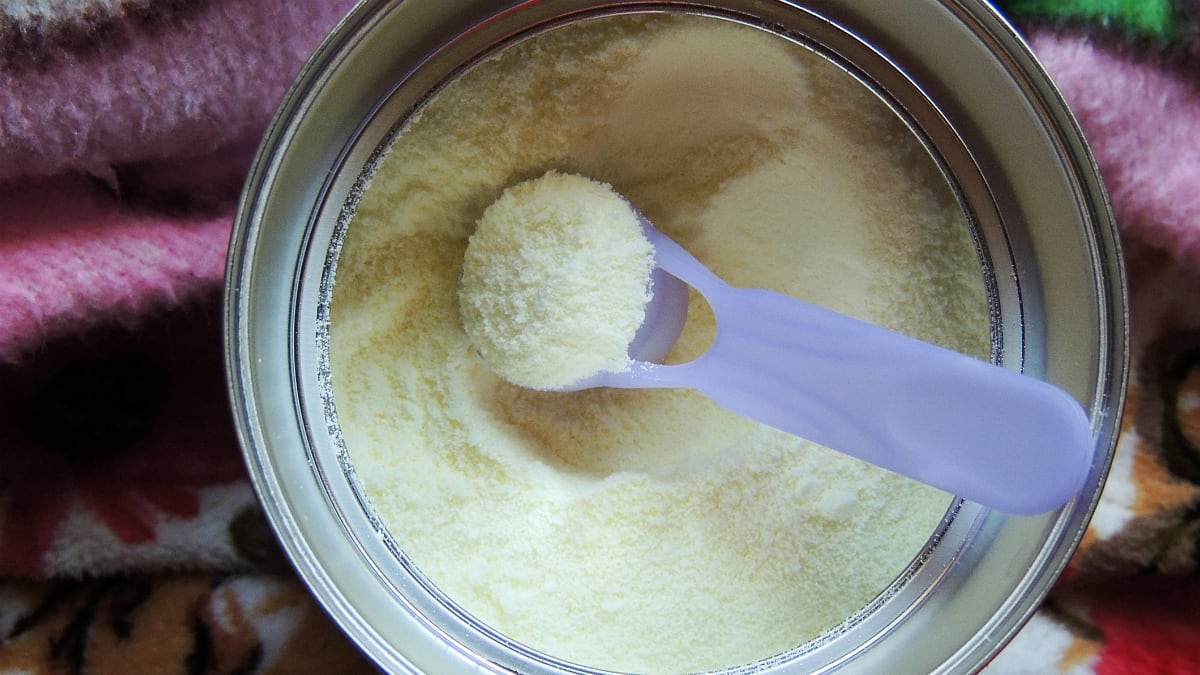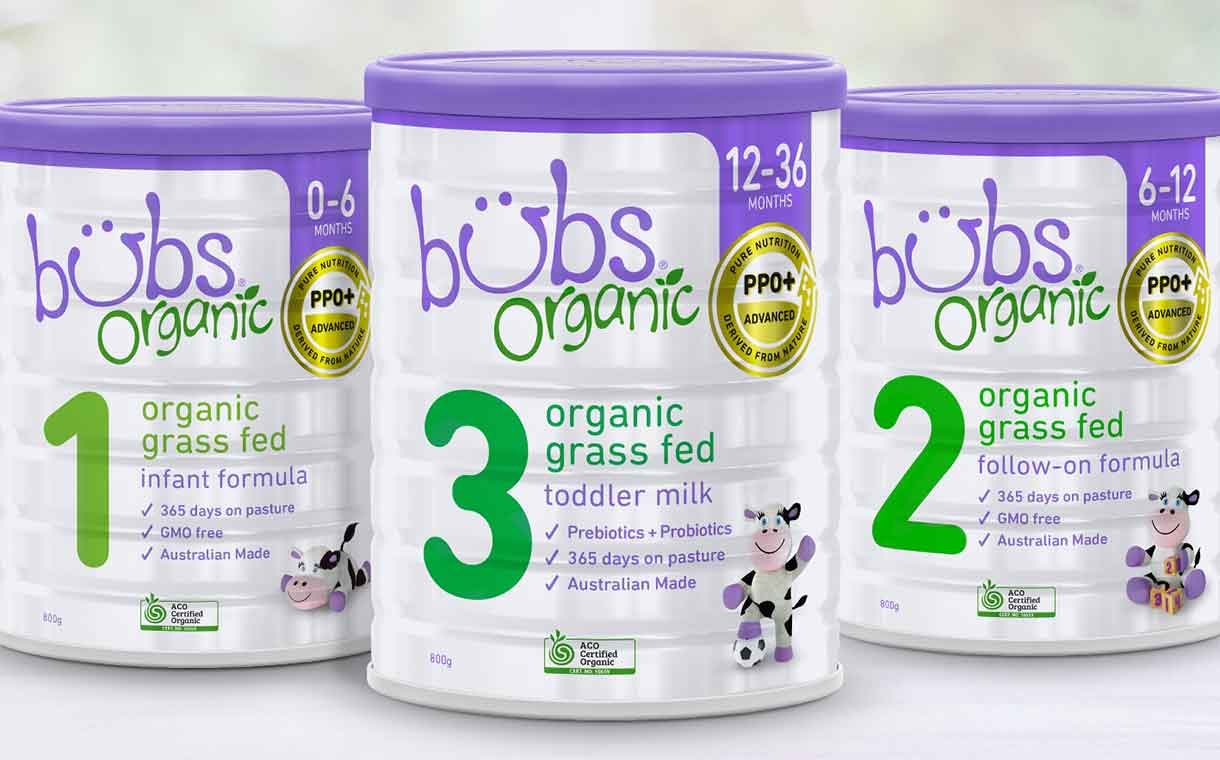The application came specifically from Nestlé Australia and Nestlé New Zealand, which want to lower the minimum protein requirement in follow-on formula (designed as complementary food for children aged six to 12 months) from 0.45g per 100kJ to 0.38g.
The company has supported this decision by referencing the Infant Feeding Guidelines by the National Health and Medical Research Council (NHMRC), adding that the suggested protein levels are closer to those in breastmilk, which tend to be naturally lower when the infant is between six and 12 months of age.
Regulator response
FSANZ has responded by calling for industry comment on the matter, with CEO Mark Booth saying: "FSANZ reviewed the best available scientific evidence to determine whether the reduced protein level protects the health and safety of formula-fed infants.
"We concluded that the requested minimum protein requirement (0.38 g/100 kJ) for milk-based follow-on formula is appropriate and safe.
"The lower minimum requirement will promote consistency in food regulations between Australia and New Zealand and international standards."
A spokesperson from the statutory authority told NutraIngredients-Asia: "FSANZ does not have concerns regarding the current protein levels or composition of follow-on formula (but we followed up on) the change requested in an application from Nestlé Australia and Nestlé New Zealand.
"FSANZ carried out an assessment of the evidence concluding that the lower minimum protein requirement was appropriate and safe for infants aged six months to 12 months.
"This was based on consideration of evidence on the protein content of human milk, the growth rates of infants fed lower-protein formula with no adverse effects, and adequate dietary protein intakes of Australian and New Zealand infants consuming follow-on formula."
Scientific support
Existing academic research, including human clinical trials, have suggested that excessive protein intake in young children is likely to lead to obesity, with recommendations for restricted protein consumption to encourage weight loss or prevent unhealthy weight gain.
One such study, the Growing Up Milk-Lite (GUMLi) trial, was conducted by researchers at the University of Auckland late last year; its results were published early this year in the journal Nutrients.
The children were one year old at the start of the trial, and were given either unfortified cow's milk (3.1g of protein per 100ml of milk), or fortified cow's milk with a reduced protein content (1.7g per 100ml) over the course of a year.
The researchers subsequently reported that the children who had received the fortified milk with lower protein levels displayed "higher nutritional adequacy" compared to their control group counterparts, and were also more likely to meet basic nutrient requirements.
However, it is also worth noting that maternal and infant nutrition experts typically consider the quality of protein in breastmilk to be much higher than that in infant formula, which has led to formula manufacturers increasing the protein content in their products in order to match breastmilk’s nutritional value.
Breastmilk contains a variety of proteins, including lactoferrin, α-lactalbumin and osteopontin, as well as milk fat globule membrane (MFGM) proteins.
The main difference between infant formula and breastmilk when it comes to their proteins is the amino acid concentrations — these tend to be lower in formula than in breastmilk.
While a number of infant formula manufacturers have been investing in R&D to produce formula that mimics breastmilk as closely as possible by including ingredients such as MFGM proteins, lactoferrin and human milk oligosaccharides (HMOs), the issue of protein content has so far not been addressed.
Corporate controversy
Prior to this application, Nestlé had been in the centre of considerable controversy surrounding its infant formula products.
A report published last month by industry watchdogs Changing Markets Foundation and SumOfUs alleged that the company had flouted the WHO's Marketing Code by continuing to use prohibited claims on their formula products, despite previous criticisms by NGOs and watchdogs.
Nestlé was also accused of failing to keep a promise made in 2018 to remove vanilla flavouring and sucrose from its infant formula. A spokesperson responded by saying the firm had adhered to Australian regulations, which dictated that flavourings are not permitted in infant formula.
However, Changing Markets Foundation pointed out that Nestlé was still selling formula containing vanilla flavouring and sucrose in China, Hong Kong and South Africa. The spokesperson then assured the press and the public that the company was "in the process of finding alternatives", and would proceed to remove the aforementioned additives from all new batches of its formula products.
At the start of the year, Nestlé was also named in a report by the International Baby Food Action Network (IBFAN) Asia as one of the infant formula makers that had engaged in 'unethical marketing practices' in the APAC region.
Deadline for decisions
Regarding FSANZ's call for public comment, Booth said, "The proposed change will promote consistency between European regulations and the Code.
"I encourage all interested stakeholders to provide comments by 6 PM (Canberra time) on June 13 2019."
The FSANZ spokesperson told NutraIngredients-Asia: "FSANZ is seeking comment from all stakeholders, in particular consumers, industry organisations, public health representatives and jurisdictions on the proposed change to the Food Standards Code."
The spokesperson added that the minimum protein requirement for soy-based follow-on formula would remain the same, saying, "FSANZ has reviewed the best available evidence and found that there was no evidence to support the safety and suitability of a lower minimum protein requirement in soy-based follow-on formula."
All FSANZ's decisions on applications are notified to ministers responsible for food regulation, who can request a review or agree that the standard should become law.



